

Engage prospects with a scan and streamline customer engagement with FREE QR code marketing tools by Sona – no strings attached!
Create a Free QR CodeFree consultation

No commitment

Engage prospects with a scan and streamline customer engagement with FREE QR code marketing tools by Sona – no strings attached!
Create a Free QR CodeFree consultation

No commitment
Today’s rapidly evolving wine industry has seen packaging shift from a simple necessity to a powerful marketing and engagement tool, reflecting broader QR adoption. Winemaking supply companies now lead this transformation as producers seek not only quality production equipment and materials but also innovative differentiation for their brands.
QR codes give winemaking supply companies a direct bridge between physical packaging and digital experiences like wine QR examples. With one scan, customers and trade partners can access product data, educational resources, order forms, certifications, and special offers, solving the challenge of missed opportunities and incomplete customer insights with the Sona QR product.
Explore how strategically embedding QR codes into your packaging and workflows can boost engagement, drive measurable outcomes, and provide deeper customer insight, all while modernizing your processes and keeping your brand competitive.
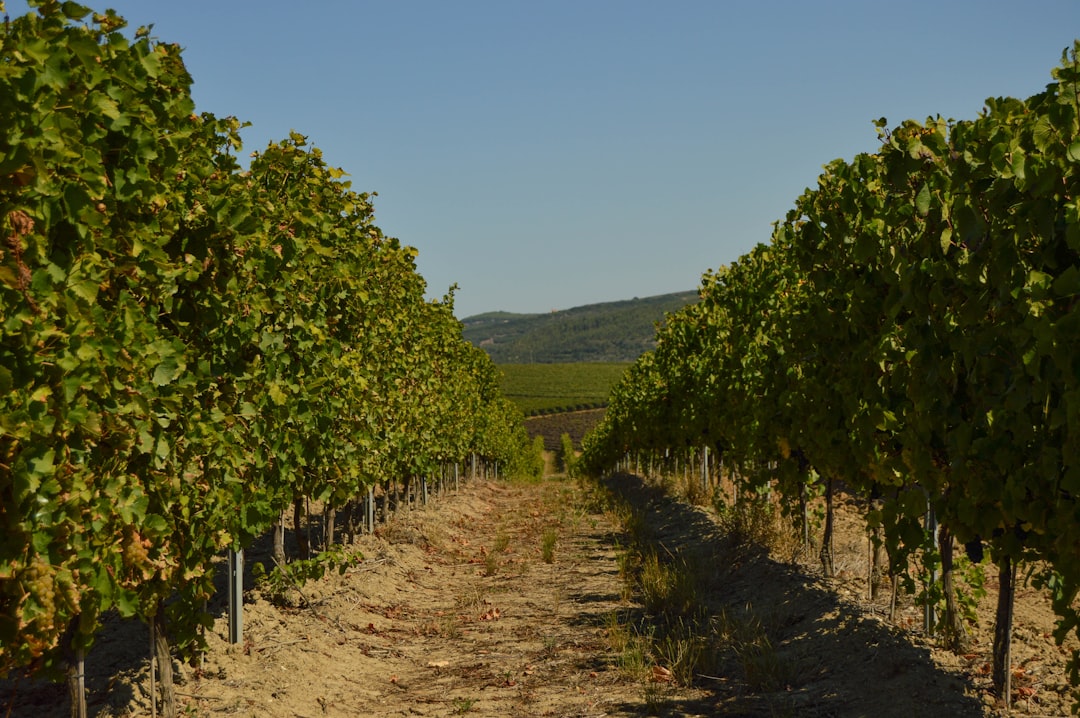
Packaging in the winemaking supply chain often struggles with outdated manual processes such as distributing paper brochures, handling physical documentation, and maintaining messaging consistency. This slows engagement and increases the risk of missing valuable prospects whose data never reaches your CRM. QR code enabled packaging transforms every product touchpoint into a digital gateway. Modern QR solutions automate customer journeys by helping suppliers track engagement, streamline reordering, and identify new intent signals. For guidance, see foundational QR marketing.
When QR codes are thoughtfully placed on cartons, drums, labels, closures, and documentation, every physical interaction can trigger a relevant digital experience. Buyers can view technical sheets, request samples, submit support requests, find compatible components, or place reorders without friction. Internally, teams gain visibility into which products and regions are active, which content resonates, and where to focus sales follow up, particularly with product packaging strategies.
Embedding actionable QR code strategies moves winemaking supply companies beyond basic branding. You can solve lost opportunities and incomplete data at physical touchpoints, building a connected experience that delights buyers and arms your teams with insight.
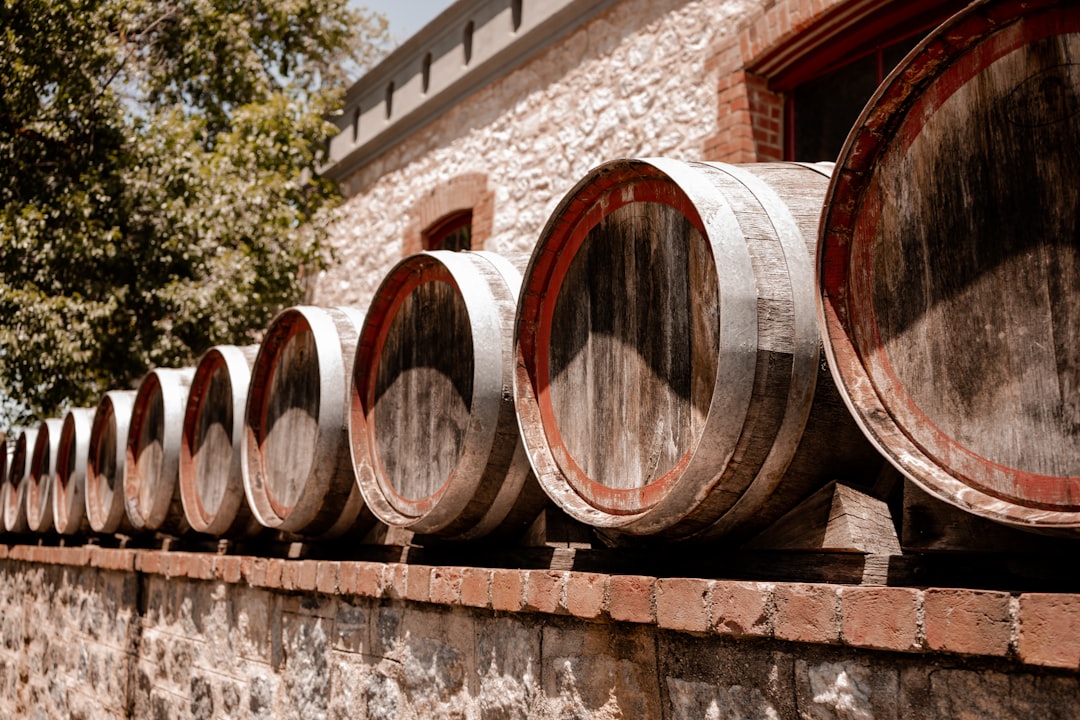
The frustration of not knowing who engages with your materials is real. Physical touchpoints leave winemaking suppliers unable to identify purchase-ready prospects or uncover new opportunities. QR codes bridge this gap, transforming each package scan into actionable data and a next best action for the buyer, supported by evolving QR label data.
For example, a procurement manager unpacks closures and needs updated COAs. A cellarmaster needs the latest dosage protocol for a fining agent. A distributor wants bulk pricing for a seasonal promotion. A QR code on each product or document turns those needs into instant digital interactions that you can track, route, and improve over time.
QR code capabilities help winemaking suppliers move beyond generic outreach. Your teams can concentrate on accounts most likely to convert or grow, using real engagement signals rather than assumptions.
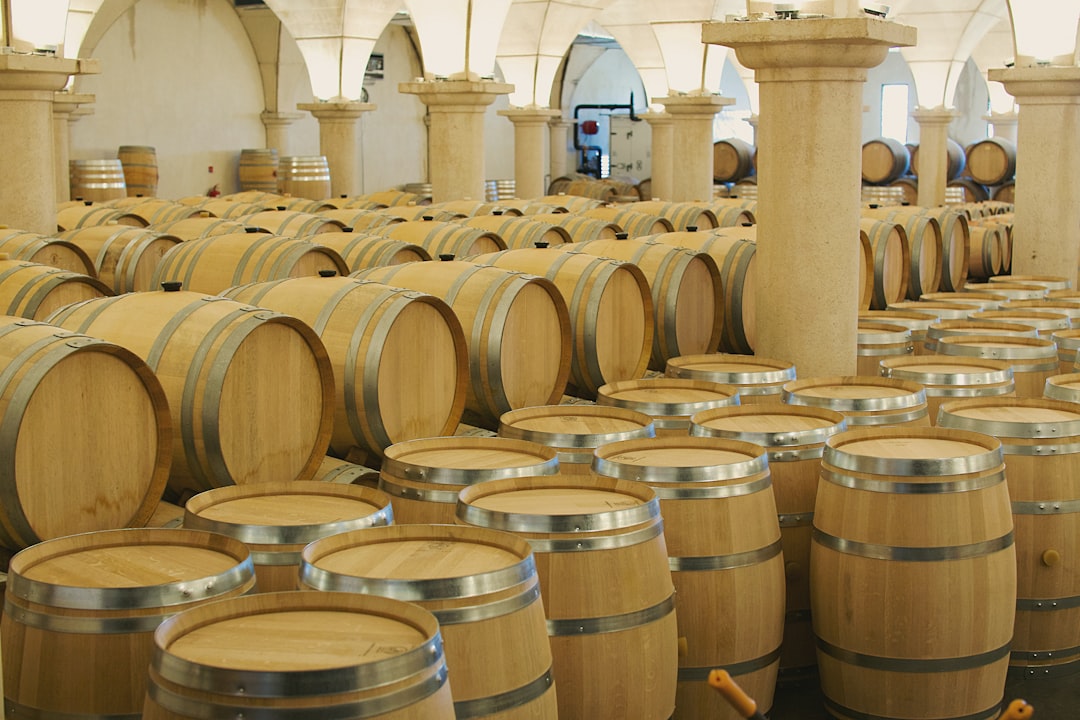
Supply packaging often struggles with untapped engagement due to manual data handling. QR codes fix this by routing scanners to the right action in seconds, while giving you complete control over content and analytics. The most useful formats for this vertical include options that reduce paperwork and speed up commercial decisions.
Dynamic QR codes are especially valuable. You can update destinations after printing, route based on scanner location or device, and A/B test content. Centralized platforms like Sona QR also consolidate code management, permissions, and performance reporting so teams avoid duplication and outdated assets.
Lost leads and weak campaigns are often signs of missed digital actions connected to physical assets. Strategic QR placement closes these gaps by turning routine materials into measurable, revenue-aligned touchpoints. The most overlooked opportunities are those that already travel with your products and paperwork.
Start by mapping your buyer journey: presale sampling, first-time purchase, routine reorders, troubleshooting, and expansion. Then align the right QR destination to each moment. Your goal is to remove any reason for a buyer to delay action or abandon a task.
These uses make every engagement trackable and measurable. Your marketing, sales, and operations teams gain a shared view of what is working, ensuring no prospects are lost and your best performing assets get scaled.
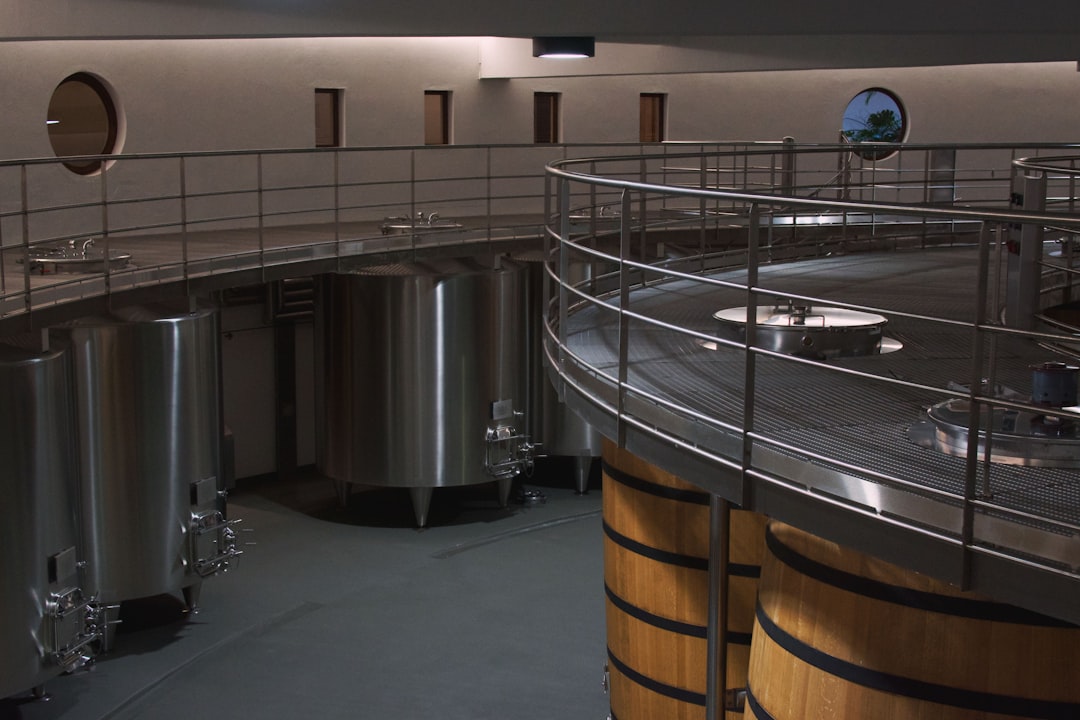
QR codes are versatile and can be tailored to the needs of wine producers, bottlers, and distributors who rely on your products. Focus on the interactions that happen most frequently and where speed, accuracy, and documentation matter most.
Each use helps suppliers recapture customer insight and recover value from common friction points. Over time, recurring scans paint a clear picture of account health, product adoption, and expansion potential.
Anonymous package interactions hide true buyer interest. QR tracking fixes this by converting physical engagement into identifiable signals you can segment and act on. When you deploy multiple codes across products, sample kits, invoices, and trade show assets, you capture intent across the lifecycle.
Start by mapping core buyer profiles in the wine value chain: vineyard managers, winemakers, cellar masters, procurement managers, production supervisors, and distributor reps. Then connect each profile to the most relevant actions so you can create segments that sales and marketing can immediately use.
With platforms like Sona QR, each code becomes a smart entry point into your funnel, capturing behavior that helps you retarget based on real actions. For targeting tactics, use the Sona retargeting playbook. Over time, your retargeting gets sharper and your cost per qualified opportunity drops.
Disconnected campaigns confuse customers and lose leads. QR codes create consistency by tying every offline impression to a digital next step and a common data layer. As a result, you can align your print, event, and distributor channels with your website, email, and paid media.
Plan your mix around the materials your buyers already use. For winemaking supply companies, this often includes technical catalogues, pallet wraps, trade show booths, distributor kits, and direct mail to production facilities. Embed a clear promise in each call to action so scanners know exactly what they will get: faster reorders, updated specs, or priority service.
QR codes serve as the offline onramp to your digital marketing engine and unlock a new layer of data collection across channels that were once difficult to measure. With a centralized platform like Sona QR industry hub, you can manage all your codes, monitor performance, and sync scan data with your CRM and ad platforms.
A well-executed QR program follows a repeatable process: define objectives, select the right QR type, design for scannability, deploy in high impact placements, and measure outcomes. Treat each deployment like a mini campaign with a clear business result such as reorders completed, documents downloaded, or demos booked.
Use the following steps to plan, launch, and optimize. Pair them with governance: a single owner for code creation, shared naming conventions, and a standard dashboard for reporting across teams and regions.
Clarify the business problem and the buyer outcome. Are you solving poor traceability, long reorder cycles, slow support response, or low engagement with technical content? Set measurable goals such as reduce reorder cycle time by 30 percent, increase COA access without email by 50 percent, or attribute 20 percent of brochure scans to new opportunities.
Align each goal to a specific surface and moment: reorder on cartons, COAs on labels, onboarding on inserts, and promotions on trade show flyers. This ensures your CTAs match buyer intent.
Select static or dynamic based on your need for flexibility, tracking, and personalization. Static codes work for permanent destinations like a general product page. Dynamic codes enable tracking, editing after print, and segmentation by campaign or region.
For winemaking supplies, dynamic is typically best. It supports compliance updates and version control for SDS and COAs, lets you rotate promotions, and ensures all scans feed your attribution model, as outlined in QR marketing.
Design QRs with high contrast, sufficient size, and quiet space around the code. Add your logo or a frame that matches your brand, and place a benefit-led CTA such as Scan for SDS, Scan to reorder, or Scan for setup video. Include short fallback URLs for rare cases where scanning is not possible.
Test across common conditions: warehouse lighting, glossy surfaces, curved bottles, and shrink wrap. Evaluate scannability with multiple devices, at arm’s length, and at typical working angles. Make adjustments before you print at scale.
Prioritize high volume products and surfaces with low current engagement. Roll out to cartons, bottle labels, closures, and technical inserts, then expand to catalogues, trade show materials, sample kits, and direct mail.
Coordinate with distributor partners. Provide ready to print artwork with unique codes per territory so they can participate in data collection while you keep a unified view of performance.
Use analytics to understand and improve campaign outcomes. Pair scans with UTM parameters and clear naming conventions by product, region, and channel. Monitor scan volume, conversion rate to form fill or order, and time to action after scan.
Close the loop by pushing scan data into your CRM and financial systems. Attribute forecasted revenue to QR assisted journeys and review quarterly with marketing, sales, and operations to refine placements and messages. Connect scans with website visits, email engagement, and orders. Use multi-touch attribution in platforms like Sona to quantify QR’s contribution to pipeline.
This checklist turns QR integration into a repeatable, results-oriented process. By standardizing goals, governance, and measurement, you create a foundation for continuous improvement across products, markets, and teams.
Packaging spend too often lacks clear results. QR tracking changes this by instrumenting every physical asset with a measurable action that you can attribute to pipeline and revenue. The objective is not only to count scans but to understand intent and influence across the buying journey.
Build a metrics stack that mirrors your funnel. Track awareness with unique scans by channel, evaluate engagement with click to content and dwell time, and tie outcomes to form fills, quotes, reorders, and closed deals. Use benchmarks to set targets by product line and seasonality.
Analytics turn packaging into a measurable growth engine. Over time, you can forecast outcomes from scan volume, calibrate budgets, and demonstrate how QR-enabled assets drive predictable revenue.
Scaling QR across products and regions requires consistent execution and creative deployment. The most effective programs combine strong CTAs, thoughtful placement, and automated follow-up so the journey continues after the scan.
Invest in internal education. Train sales, customer service, and distributor partners on how QR supports their goals: faster answers, fewer errors, better visibility, and more repeat business. Share best practices, performance dashboards, and success stories to encourage adoption.
Start creating QR codes for free at Sona QR. A centralized platform makes it easier to manage version control, track performance, and integrate with your CRM at scale.
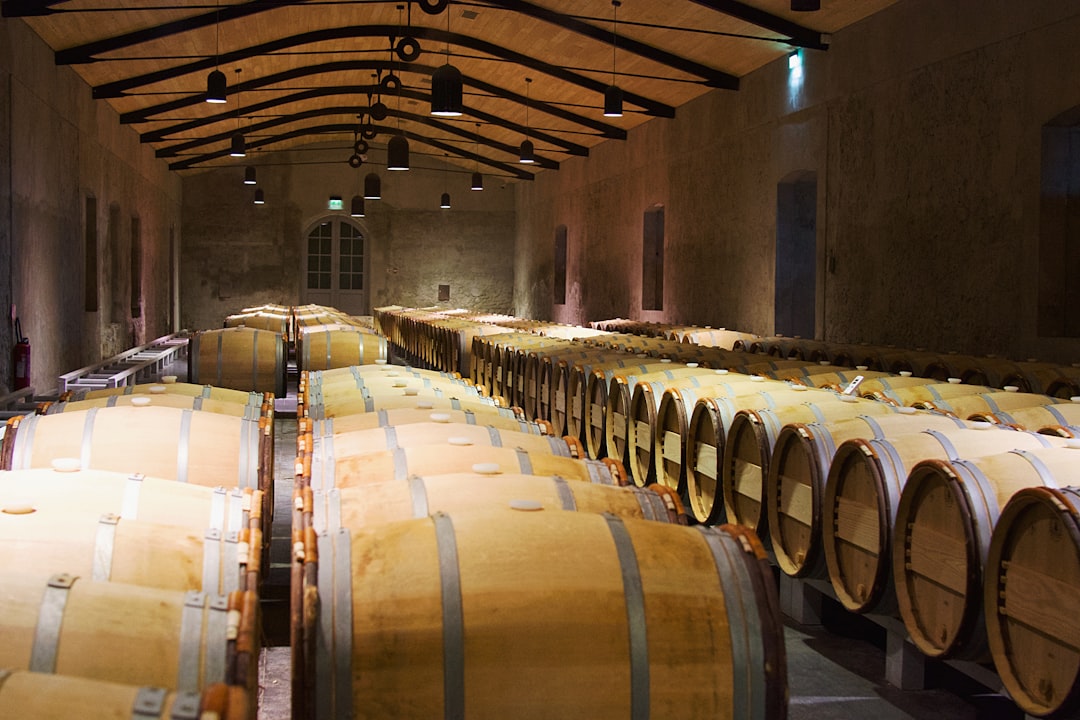
The most compelling use cases align the QR promise with the buyer’s immediate need. By meeting the buyer in the moment that matters, you reduce friction and improve outcomes. Here are examples inspired by real deployments across the wine supply chain.
Use these patterns to brainstorm your own. Focus on moments where a scan replaces a slower, error-prone process and where the benefit is clear to the user within seconds.
As with any technology, success comes with execution. The strongest programs anticipate user context, remove friction, and instrument every step for learning. The most common failures arise from vague CTAs, poor placement, and a lack of follow-through after the scan.
Avoid placing codes in hard-to-scan locations like tight bottle curves or low contrast substrates without testing. Make sure codes remain scannable after condensation, shrink wrap, or stacking in warehouses. Keep all linked documents updated and compliant to avoid confusion at audit time.
For winemaking supply companies, QR codes go beyond technology. They solve critical industry challenges by linking every physical engagement with actionable digital insight. This integration boosts visibility, data capture, and customer experience for measurable growth.
When strategies like these are implemented, companies speed up reorders, build loyalty, and turn packaging into an engine for innovation and revenue. QR codes modernize your operations to create a competitive advantage.
Winemaking supply companies that connect offline packaging with online value are setting the standard for the industry, ensuring each scan drives improvement, smarter decisions, and strong relationships for the future.
QR codes have revolutionized winemaking supply companies by transforming traditional packaging into interactive, data-driven engagement tools. Beyond simply labeling products, QR codes enable customer acquisition, elevate user experiences through instant access to tutorials and product details, and provide valuable insights into buyer behavior—all tailored to the unique needs of the winemaking industry. Imagine empowering your customers with instant, immersive content while tracking exactly which packaging designs drive repeat purchases and brand loyalty.
With Sona QR, you gain the ability to create dynamic, trackable QR codes that can be updated instantly without reprinting, making your packaging smarter and more adaptable. Connect every scan directly to actionable data, optimize your marketing efforts, and watch your customer relationships deepen through targeted content and promotions. Start for free with Sona QR today and transform your packaging into a powerful sales and engagement engine for your winemaking supply business.
Top winemaking supply companies lead the transformation by providing quality production equipment, materials, and innovative packaging solutions like QR codes to differentiate brands and improve customer engagement.
Choose supplies that offer essential equipment and materials tailored to your production needs and consider suppliers that provide innovative tools such as QR code-enabled packaging for improved customer interaction and operational efficiency.
Essential equipment includes quality production tools and materials such as bottles, labels, closures, barrels, and packaging components that support efficient winemaking and allow integration with digital tools like QR codes.
High-quality wine barrels and corks can be sourced from specialized winemaking supply companies that offer reliable materials and often integrate digital solutions for product authentication and ordering.
They improve efficiency by providing innovative packaging with QR codes that automate customer journeys, streamline reordering, ensure compliance, reduce errors, and provide actionable analytics to optimize marketing, sales, and operations.
Use Sona QR's trackable codes to improve customer acquisition and engagement today.
Create Your FREE Trackable QR Code in SecondsJoin results-focused teams combining Sona Platform automation with advanced Google Ads strategies to scale lead generation

Connect your existing CRM

Free Account Enrichment

No setup fees
No commitment required

Free consultation

Get a custom Google Ads roadmap for your business






Launch campaigns that generate qualified leads in 30 days or less.
